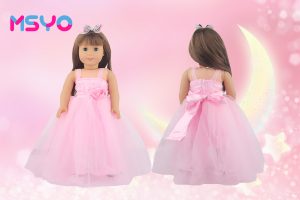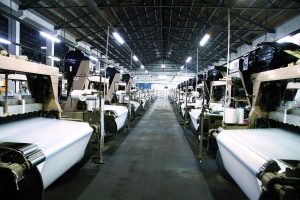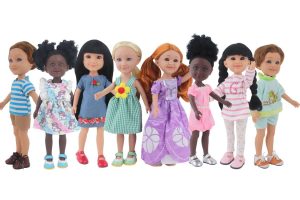 Dolls have been captivating children and collectors for centuries, their evolution mirroring the changing materials and technologies of their time. From humble beginnings crafted from readily available materials, dolls have undergone a remarkable transformation, becoming increasingly sophisticated and intricate. Join us on a journey through time as we explore the fascinating evolution of doll materials, from the simple to the surprisingly complex.
Dolls have been captivating children and collectors for centuries, their evolution mirroring the changing materials and technologies of their time. From humble beginnings crafted from readily available materials, dolls have undergone a remarkable transformation, becoming increasingly sophisticated and intricate. Join us on a journey through time as we explore the fascinating evolution of doll materials, from the simple to the surprisingly complex.
From Rags to Royalty: Doll Material Evolution
Long before mass production and synthetic fabrics, dolls were handcrafted from materials readily available. Early dolls were often made from simple materials like wood, clay, or even corn husks. Rag dolls, fashioned from scraps of cloth and stuffed with straw or sawdust, were particularly popular. These dolls, often made by mothers and grandmothers, held a special place in the hearts of children, representing a time when imagination and creativity took center stage.
As the world progressed, so did the materials used to create dolls. The 18th and 19th centuries saw the rise of porcelain and bisque dolls, crafted with intricate detail and delicate features. These dolls, often adorned with elaborate costumes and accessories, were prized possessions, reflecting the growing affluence and sophistication of the time. While these dolls were beautiful, they were also fragile and expensive, making them a luxury reserved for the wealthy.
The late 19th and early 20th centuries witnessed the advent of more durable materials, like papier-mâché and composition. These materials allowed for the creation of dolls with more expressive features and greater affordability. The rise of mass production further democratized doll ownership, making these beloved toys accessible to a wider range of children. This period also saw the emergence of the first commercially produced dolls, paving the way for the diverse and ever-evolving world of dolls we know today.
A Doll’s Wardrobe: From Cloth to Plastic
Early dolls were often dressed in simple garments made from fabric scraps, reflecting the everyday attire of their time. As fashion evolved, so did the clothes worn by dolls. Elaborate gowns, suits, and accessories became increasingly common, mirroring the latest trends in human fashion. These doll clothes were often painstakingly hand-sewn, showcasing the craftsmanship and dedication of those who created them.
The invention of synthetic fabrics in the 20th century revolutionized the world of doll clothing. Nylon, polyester, and acrylic fabrics were not only more durable and easier to care for but also offered a wider range of colors and textures. This enabled the mass production of affordable and stylish doll clothes, further enhancing the play experience for children. The development of vinyl and plastic as doll materials also led to the creation of dolls with more realistic features, often sporting ready-made outfits that were a part of their design.

The modern world of doll clothing is a testament to the ever-evolving nature of fashion and the creative spirit of doll designers. From intricately crafted handmade garments to mass-produced outfits inspired by popular culture, doll clothes continue to reflect the trends and styles of their time. Whether it’s a vintage tea dress or a trendy streetwear ensemble, a doll’s wardrobe offers a window into the world of fashion, showcasing the enduring appeal of these beloved companions.
From humble beginnings in the hands of skilled artisans to the mass-produced marvels of today, dolls have come a long way. The evolution of doll materials mirrors the technological advancements and changing tastes of each era, reflecting the enduring fascination with these miniature representations of humanity. As we continue to explore the world of dolls, we can appreciate the artistry, ingenuity, and enduring appeal of these timeless companions.







